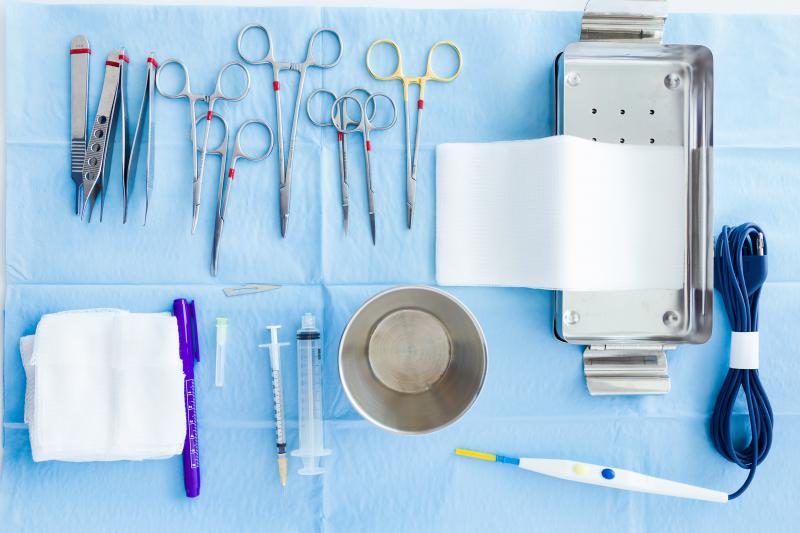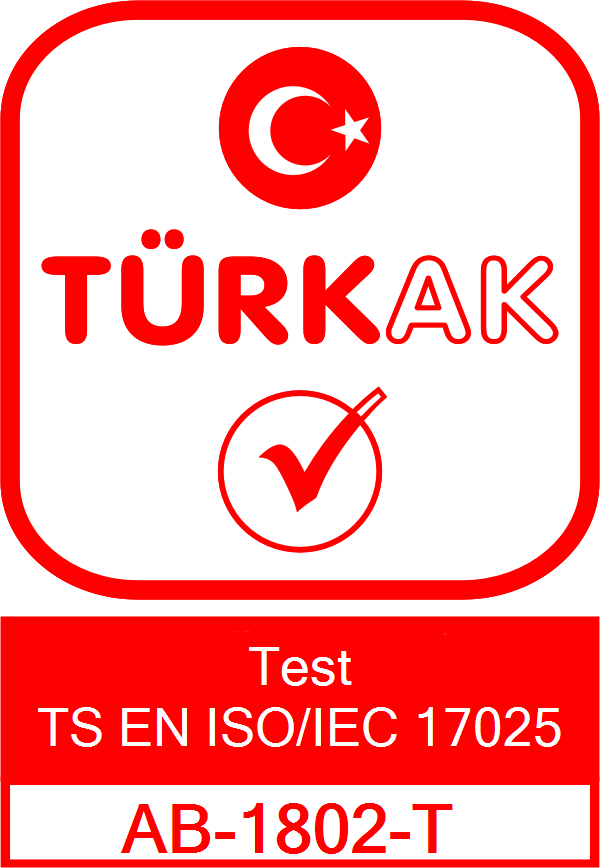
Ethylene Oxide Residue Analysis
Ethylene Oxide Residue Analysis
Contents
TS EN ISO 10993-7 deals with the residues left by ethylene oxide sterilization on medical devices under the title of "Biological evaluation of medical devices - Part 7: Ethylene oxide sterilization residues". This standard is used for the determination and evaluation of residues left in medical devices after ethylene oxide (EtO) sterilization.
One of the advantages of ethylene oxide sterilization is that it provides effective sterilization at low temperature, so it is suitable for medical devices that are sensitive to thermal sterilization. However, this method can also leave toxic residues in the product. These residues may contain by-products, primarily ethylene oxide, as well as ethylene chlorohydrin and ethylene glycol.
The main elements of the TS EN ISO 10993-7 standard:
1. **Limit Values**: Limits are set for the maximum amount of ethylene oxide, ethylene chlorohydrin and ethylene glycol residues allowed in medical devices.
2. **Test Methods**: Defines analytical methods that can be used to determine the amount of ethylene oxide and its by-products.
3. **Assessment**: Guidance for the evaluation of residue amounts for biological safety.
4. **Aeration Processes**: Defines aeration processes to reduce or eliminate ethylene oxide residues.
5. **Quality Control**: Guidance to regularly check the efficiency and residual amounts of the sterilization process.
Evaluation of residues after ethylene oxide sterilization is a critical step to confirm the safety and biocompatibility of a medical device. Therefore, medical device manufacturers should comply with standards such as TS EN ISO 10993-7 and evaluate their products according to these guidelines.

